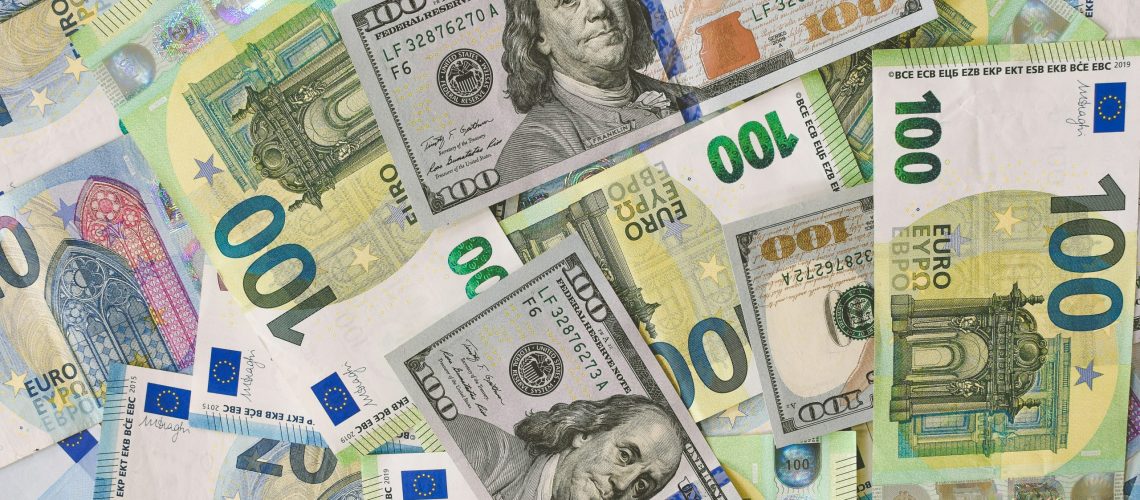What if the dollars in your bank account aren’t as secure as you think? In a recent episode of the Passive Real Estate Investing Show, Russell Gray—former co-host of The Real Estate Guys Radio Show and a seasoned macroeconomic analyst—breaks down why our financial system is built more on IOUs than true value, and what that means for real estate investors.
Key Takeaways
- Most dollars in circulation today are not money—they’re credit, and understanding that helps investors manage risk.
- Credit expansion creates inflation and drives up asset prices, but not all growth is productive or sustainable.
- Real estate income is a powerful hedge in uncertain times, especially if you understand capital flows and macro trends.
- Bonus: Follow capital investment trends—like chip factories or mining projects—to get ahead of emerging demand.
Money vs. Currency: Why It Matters
Russell explains the difference between capital, money, currency, and credit—terms that often get confused but have major investment implications:
- Capital is the value created through production.
- Money preserves that value (historically, gold or silver).
- Currency is a medium of exchange, which used to be backed by money but is now fiat.
- Credit allows us to spend future earnings today.
“A 1964 quarter still buys a gallon of gas today. A 1965 quarter doesn’t. That’s because one contains silver—real money—and the other doesn’t.”
This framework matters because passive investors often mistake asset inflation for value creation. Understanding how fiat currency erodes purchasing power can clarify your cash flow expectations, leverage strategy, and deal assumptions.
The Inflation Engine: How Credit Pulls the Future into Today
Credit isn’t inherently bad, but its expansion without corresponding productivity inflates prices across sectors. Russell explains how homes, cars, and college tuition became dramatically more expensive not because they became more valuable—but because financing terms (credit) allowed consumers to bid up prices.
“When you add financing to make something affordable, it actually becomes more expensive.”
One example: When 30-year mortgages became the norm, home prices skyrocketed from $20K to $300K. That’s credit—not capital—driving valuation.
This distinction matters for LPs who rely on long-term projections. If your pro forma assumes price growth driven by easy credit, be cautious. You may be underwriting speculation, not fundamentals.
The Coming Reset, BRICS, and the End of Dollar Dominance
Gray believes we’re nearing the end of a debt-driven cycle—and possibly a monetary reset. There are international efforts to break away from the U.S. dollar, including:
- The rise of BRICS nations (Brazil, Russia, India, China, South Africa) and their push for a gold-backed shared currency
- Bilateral trade agreements that bypass the U.S. dollar
- The introduction of Bitcoin as a decentralized alternative reserve asset
“China saw us printing trillions and said: you’re diluting the value of the money we’re holding.”
He also highlights the risk of a central bank digital currency (CBDC)—a scenario where every transaction is tracked, cash is obsolete, and financial freedom is severely limited.
“If they don’t like what you do, they could literally choke you off from the economy.”
The takeaway: as currency structures evolve, investors need to diversify into tangible, productive assets that are not purely financial instruments.
Domestic Strategy: Follow Capital Investment
Domestically, Gray notes that the U.S. is shifting back to a production-based economy. Policy efforts—especially under Trump—have focused on:
- Repatriating manufacturing (e.g., Taiwan Semiconductor’s $100B in Arizona)
- Reopening mining and energy projects
- Attracting foreign capital through creative means (e.g., selling U.S. passports)
“Follow the money. If $100 billion is going into Arizona, ask where those workers are going to live.”
Gray encourages investors to track early-stage industrial investments and move ahead of demand. For example, a woman he met got rich buying vacant land where the Denver Broncos planned their stadium—she now runs parking lots.
“Be the person who sells the jeans, not the one mining for gold.”
Memorable Moment
“We’ve financialized the economy. Now we need to get back to producing sandwiches.”
In Russell’s analogy, sandwiches represent real production. Coupons—our current credit system—are just claims on wealth. Without enough sandwiches, too many coupons cause inflation and fragility. Investors should anchor their strategies to real-world productivity, not financial engineering.
Want More?
Watch the full episode here.


